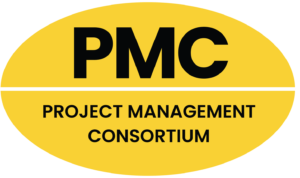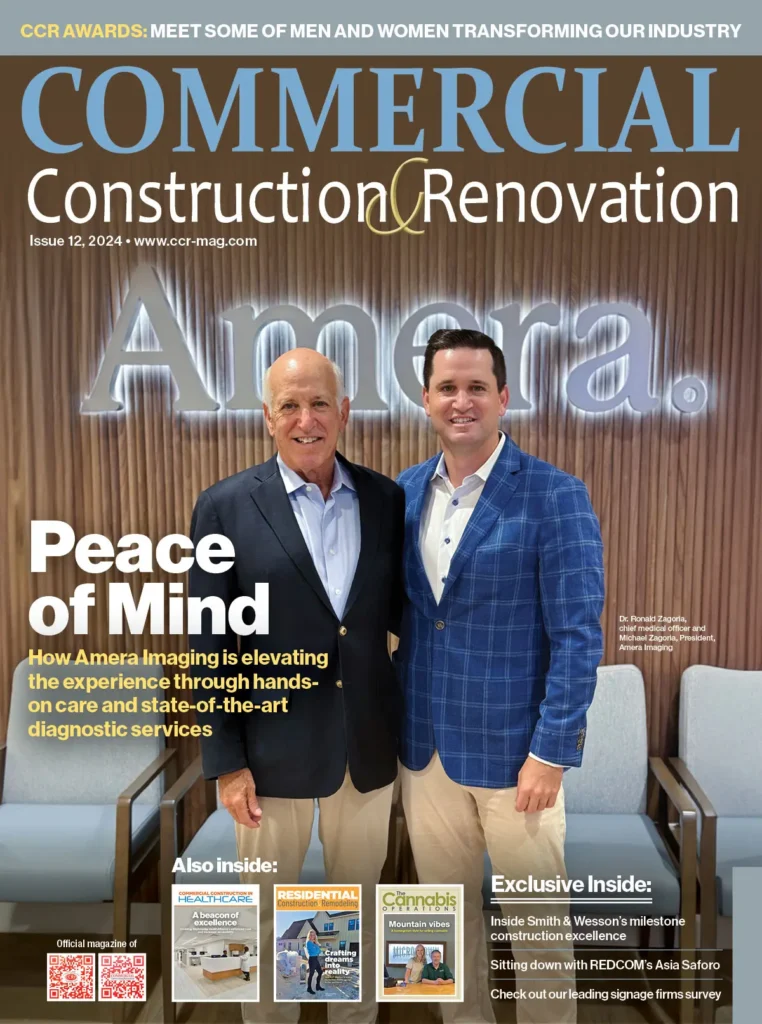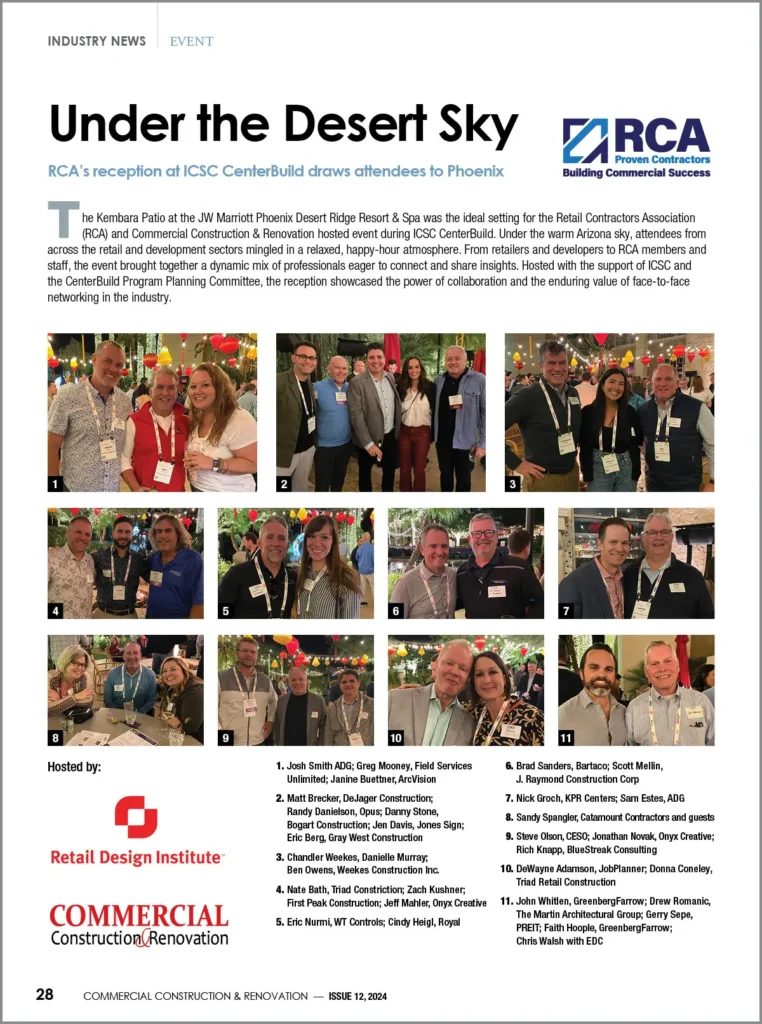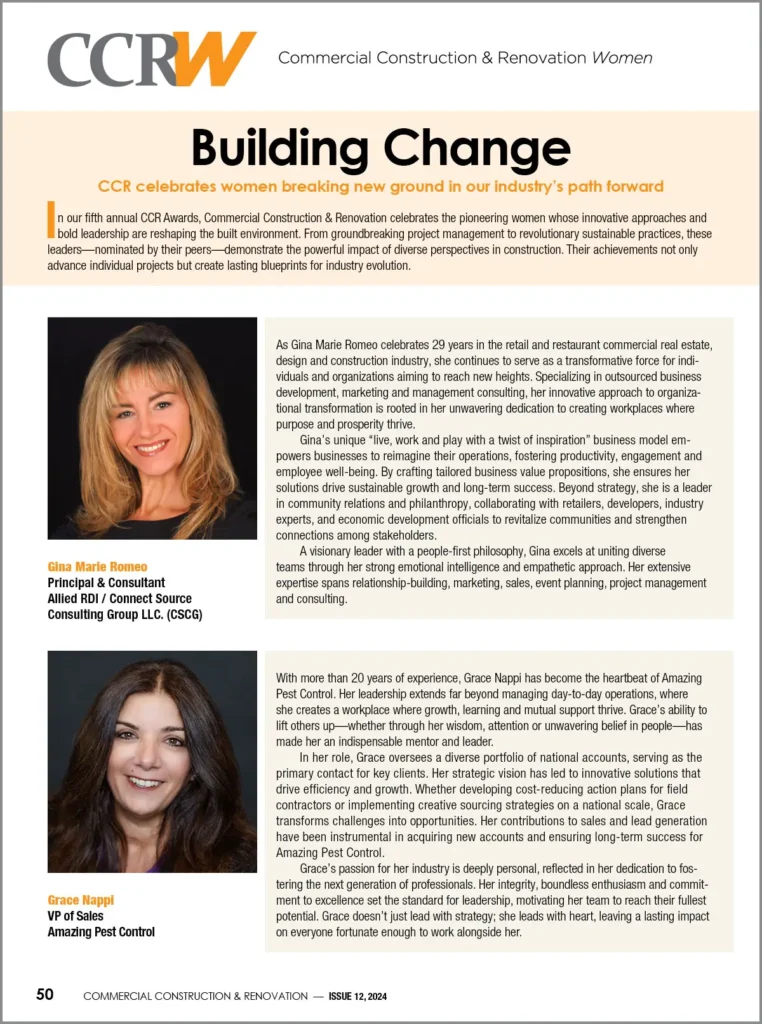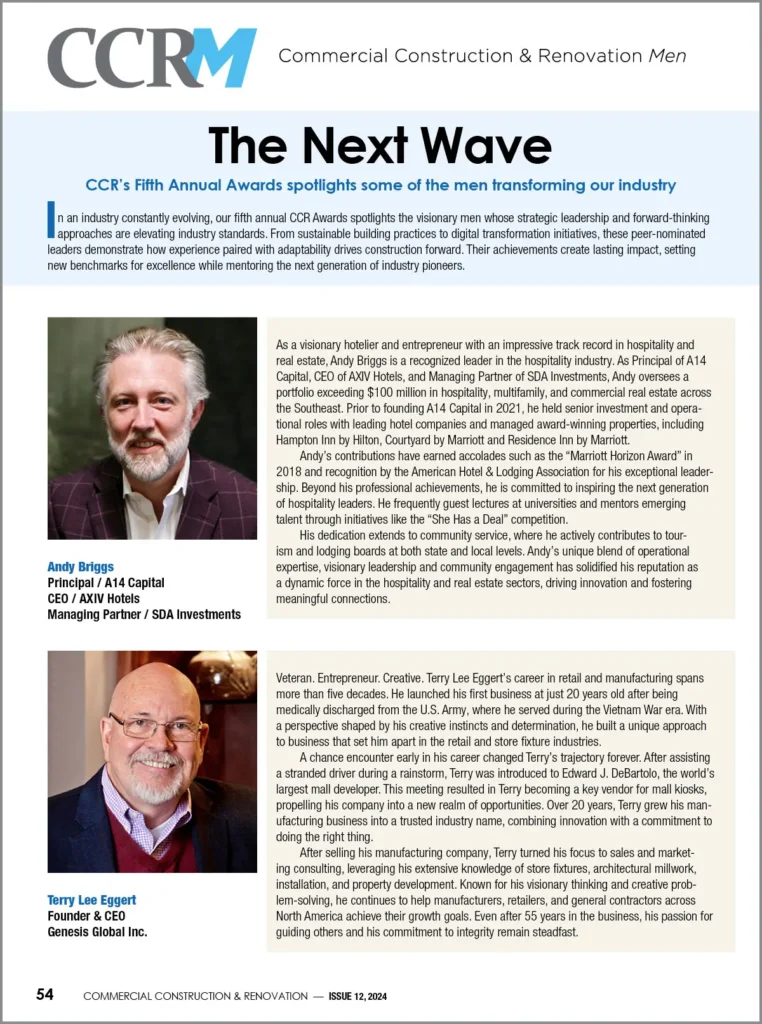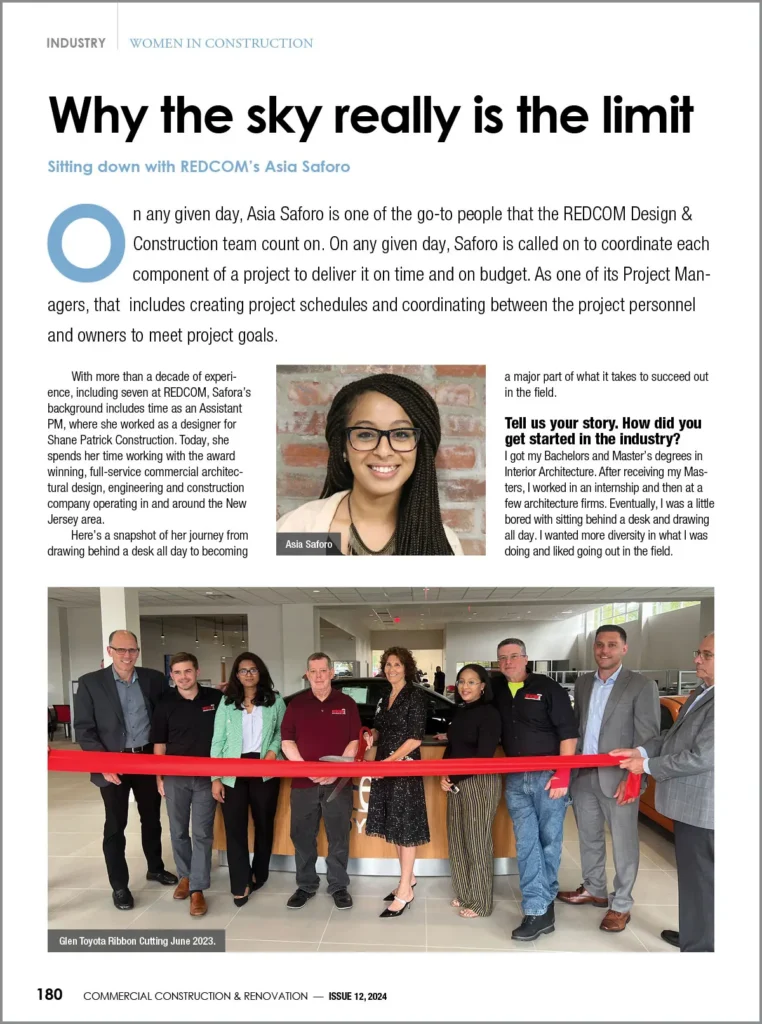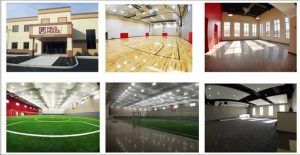
Look deeper into what’s spurring the bustling church building sector and you’ll uncover trends and advancements that are disrupting the status quo and prompting exciting growth not only in this specialized sector, but also those impacting other facility construction verticals like medical, education and retail. Available to provide expert perspective and “insider intel” on the topic are brothers Ryan and Michael Regina, co-owners of Big Sky Enterprises, LLC, who offer the below glimpse at 6 key game changing church construction trends impacting the commercial sector at large:
- Modern material advancements: While concrete has been around for thousands of years, there are several exciting technological advancements improving this material in new and exciting ways. For starters, there are now multi-functional mineral additives available that create a much more stable and uniform concrete mix resulting in reduced segregation and settling. Not only does this facilitate rapid construction, improving pumpability and workability, it also is environmentally friendly and easy to use. Regarding concrete itself, researchers at Purdue University are currently working with nanotechnology to create a concrete that’s much stronger than traditional concrete but using much less material. Small scale tests have reportedly been successful and it’s only a matter of time before this technologically advanced concrete significantly impacts and enhances the construction landscape at large.
- Architectural approaches: While the use of 3D printing to create both interior and exterior models for client review is now commonplace, emerging 3D printing technology is promising early unlimited potential in both the residential and commercial construction sectors. Several cutting-edge projects in Amsterdam, China and the United Arab Emirates (UAE) are proof positive. For example, the first “printed” office is currently under construction in the UAE using a 20-foot high printer. The structure is slated for completion in 2017 and will be home to Dubai’s “Museum of the Future.” What sets this project apart from others is first, it is being built on-site rather than piecemeal off-site. Also, the walls and exterior aren’t the only elements of the office being “printed” in three dimensions. The interiors and furniture are to be “printed” as well. This type of construction approach will lower cost and waste, as well as blow design possibilities wide open.
- Data-driven decision making: Construction projects are predicated on a bottom line. Numbers are the name of the game and, today, there is much economic analysis being undertaken well in advance of breaking ground to determine, and downright assure, the project. At the start, such financial feasibility studies provide a very real assessment as to what a client’s fiscal standing is today if they were to pursue the capital markets for project financing. This process will reveal any disparity between what a client thinks they can afford relative to the outcome desired. The financial feasibility study brings sobriety to the process allowing educated decisions to be made on numerous fronts, from steps needed to secure financing approval, site location and design, to the litany of exterior and interior details. Additionally, crunching big data during the pre-construction process can help builders find and mitigate risk and potential problems, as well as identify opportunities for improved efficiency and project outcomes.
- Talent sourcing: One of the biggest challenges facing the construction industry is access to qualified talent. Prior to the economic recession, the work was plentiful and so were the workers. As the country came out of the fiscal turmoil that brought the real estate sector to its knees, much of the talent had either made its way into another industry to generate income or traveled away from their prior company’s operational region. Now that the construction industry has been picking up steam over the past five years, companies are staying lean and leadership is sometimes working in the field to survive. This obviously isn’t a practical or sustainable way to run a construction company. One game-changing solution construction companies are increasingly embracing is the utilization of a Managed Service Provider (MSP). A MSP is the next step in the evolution of temporary staffing, making it possible to have a qualified, vetted pool of potential staff readily available by working beyond the traditional channels used by typical recruiters. MSPs are embracing and curating the Human Talent Cloud (HTC)—a networked structure providing a real-time environment for crowdsourcing talent. In this way, construction companies will be able to more quickly and easily fill positions with the necessary qualified talent.
- 360° concept-to-completion oversight: The days of being a “one-service wonder” are changing. With business leaders having less time than ever before to allocate resources to an ancillary and distracting construction project, they’re finding tremendous value in hiring firms that can manage the entire development, construction and financing process for them. Today’s business leader acknowledges that construction matters may not be in their wheelhouse and/or the best use of their valuable time, so forward-thinking construction companies are propagating and capitalizing upon this trend by offering soup-to-nuts service—everything from site selection, architecture and engineering oversight, approval process management, project financing procurement and construction, and everything in between…all while proffering an end result (a structure) that’s flexible and scalable according to a client’s specific needs, now and those forecasted up ahead. This holistic approach gives construction clients the ability to focus all of their attention on growing their organization without undue time, effort, attention or worry spent on building-related matters.
- Chic community-centric campuses. Church architecture has changed dramatically over the past 15 years, from the sterile brick, white window and a steeple look to what have become hip, state-of-the-art facilities, often with multiple structures, which have become “cool” communal hangouts. With a focus on the Starbucks-type experience, churches today are designing and building in social spaces like coffee shops, fitness centers with fully loaded gyms, and even recreational facilities with basketball courts, rock climbing walls, skateboarding areas, kids clubs and the like. A great number of churches today also have theater-like qualities, boasting impressively scaled auditoriums with high ceilings and permanent stages that are used both during services and other times when entertainment is in order. Large projection screens display written song lyrics to help church-goers sing along, and captivating audio and lighting capabilities amp up the experience even further—literally and figuratively.
Brothers Ryan and Michael Regina, co-owners of Big Sky Enterprises, LLC–an industry leading commercial real estate development, construction management, financing procurement and design-build firm that uniquely develops, executes and oversees the entire project life cycle for churches, independent schools and medical facilities. They may be reached online at https://bigskyllc.com.








